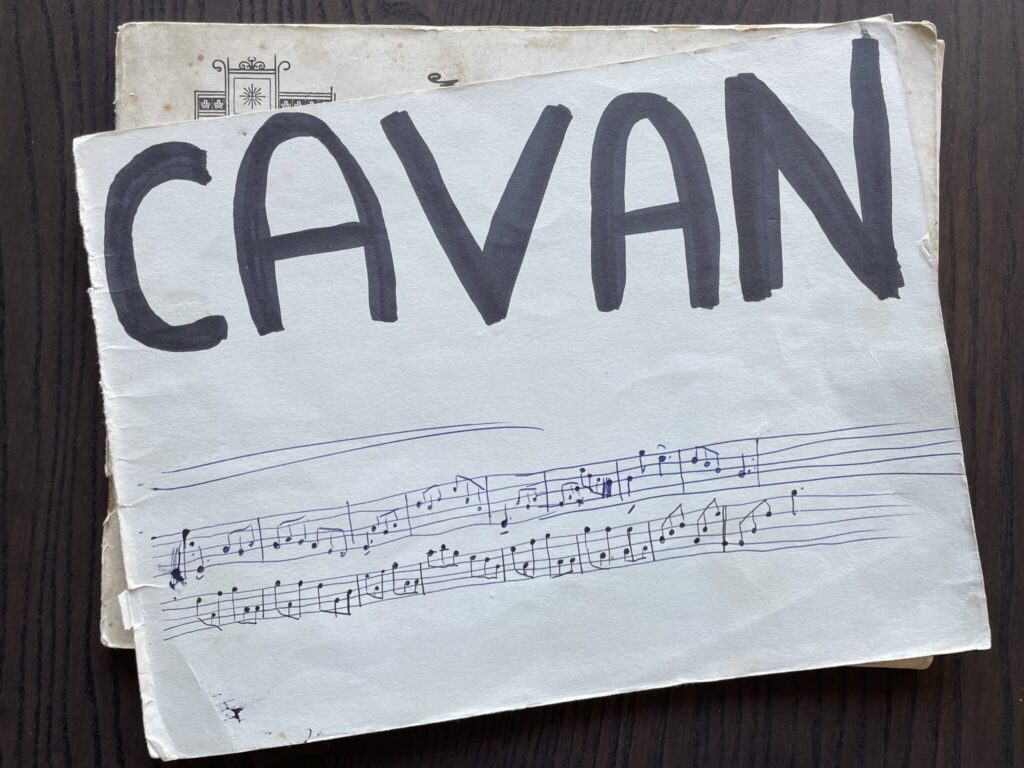One of the first tune books I bought when I started playing traditional music in my late teens was Kerr’s First Collection of Merry Melodies. The book was originally published in the 1870s but much of its content was gathered from earlier collections. I carried it in my pipe case for a good few years and learned a bunch of tunes from this and Kerr’s other books. Auld tunes have been part of my repertoire ever since.
For most of my playing life I didn’t give much consideration to the origin of tunes. I would learn a tune that I liked regardless of provenance, but in recent years that has changed for a number of reasons. As we get older it’s not unusual to become more interested in history, genealogy for example, so it’s maybe no surprise that the stories behind the music become more appealing. However, there’s another reason; auld tunes, to my ear, seem to have become increasingly rare in the Scots traditional music scene. Often I will listen to a folk music program on the radio and hear few, if any, auld tunes. Much new recorded music is self-penned and some sessions can be dominated by recently composed tunes. Modern tunes are not inherently bad and I understand composition’s importance in our musical culture, particularly in the world of highland piping and dance bands, but I sometimes wonder if we are neglecting music that has been part of our tradition for hundreds of years.
What constitutes “auld”? This is a matter of opinion but I find myself drawn to the books and manuscripts from the 1700s and early 1800s. I detect a change in the pipe music after that, possibly connected to the highland bagpipes’ official adoption by the British army. It is remarkable that tunes like Corn Rigs (first appears c1671) or The Roke (first appears c1652) have been part of our repertoire for at least 350 years but there are plenty more that that have fallen out of favour and countless others that have been forgotten completely. A few years back I decided to focus on learning more of these tunes, adding them to my repertoire and playing them at sessions.
We are very lucky in Scotland that we have a treasury of published traditional music preserved in digital form on websites such as the National Library of Scotland. I often spend time playing through old collections and seeing which tunes fit my pipes, transposing as necessary. Any that do fit I would try to find in ABC Notation or transcribe them myself and keep in a file somewhere for learning or future reference. It dawned on me recently that these files are languishing on my laptop, never to be seen by anyone, so I decided to post these settings on my website. They may be of interest to other pipers and could possibly save folk from doing the same work.

I’ll be starting very soon with my border pipe settings of The Drummond Castle Manuscript, Book One from circa 1737. This is a manuscript by ‘writing master and violinist’ David Young compiled for James Drummond, the 3rd Duke of Perth, a prominent Jacobite and lieutenant-general of the Jacobite army in 1745. There are plenty of fine tunes in the manuscript including some still familiar to us now. Watch this space!




Leave a Reply